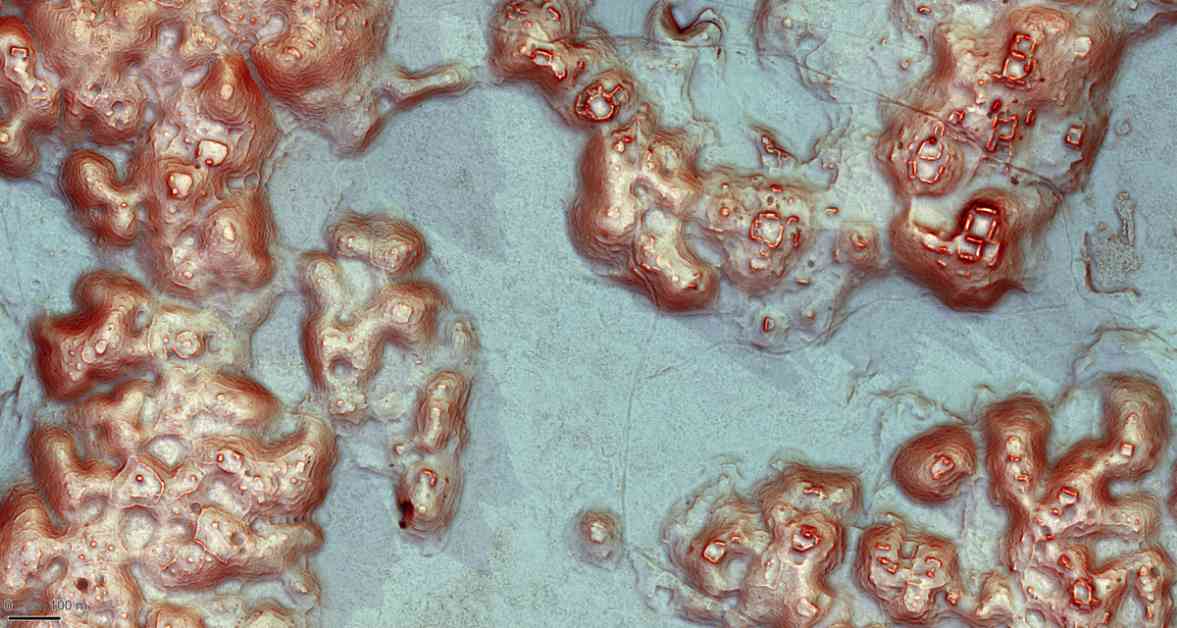Laser surveys have uncovered a hidden Maya city in Mexico’s Yucatán Peninsula with up to 6,674 structures, similar to pyramids found at Chichén Itzá and Tikal. The discovery was made possible by lidar technology, which has become increasingly important in uncovering ancient settlements.
Luke Auld-Thomas, an archaeologist at Northern Arizona University, and his team utilized previously commissioned lidar surveys to identify a survey in east-central Campeche, Mexico. This survey, originally created to measure carbon in forests, revealed the presence of a Maya city named Valeriana dating back to the Classic period (A.D. 250 to 900).
The city of Valeriana exhibits typical features of a Classic Maya political capital, including enclosed plazas, temple pyramids, and a ball court. The discovery of this previously unknown city highlights the vast potential for further archaeological exploration in the region.
Archaeologist Thomas Garrison from the University of Texas at Austin emphasized the significance of these findings, noting that every new discovery adds valuable pieces to the puzzle of understanding ancient civilizations. Confirming the existence of the city on-site will be the next crucial step in the research process.
The revelation of Maya cities like Valeriana has implications beyond archaeology, as they can provide insights into modern urban development challenges. Studying ancient urban centers may offer valuable lessons for addressing contemporary issues related to rapid population growth and sustainability.
Luke Auld-Thomas stressed the importance of expanding our knowledge of ancient cities to inform future urban planning strategies. By examining a wider range of historical urban settlements, we can gain a deeper understanding of different models of urban living and potentially envision more sustainable approaches for the future.
As the research on Maya civilizations continues to unfold, the study of this time period remains critical for shedding light on past societies and informing present-day challenges. The discovery of Valeriana underscores the ongoing potential for uncovering hidden archaeological treasures and expanding our understanding of ancient civilizations.










